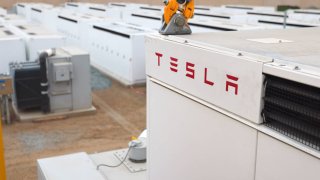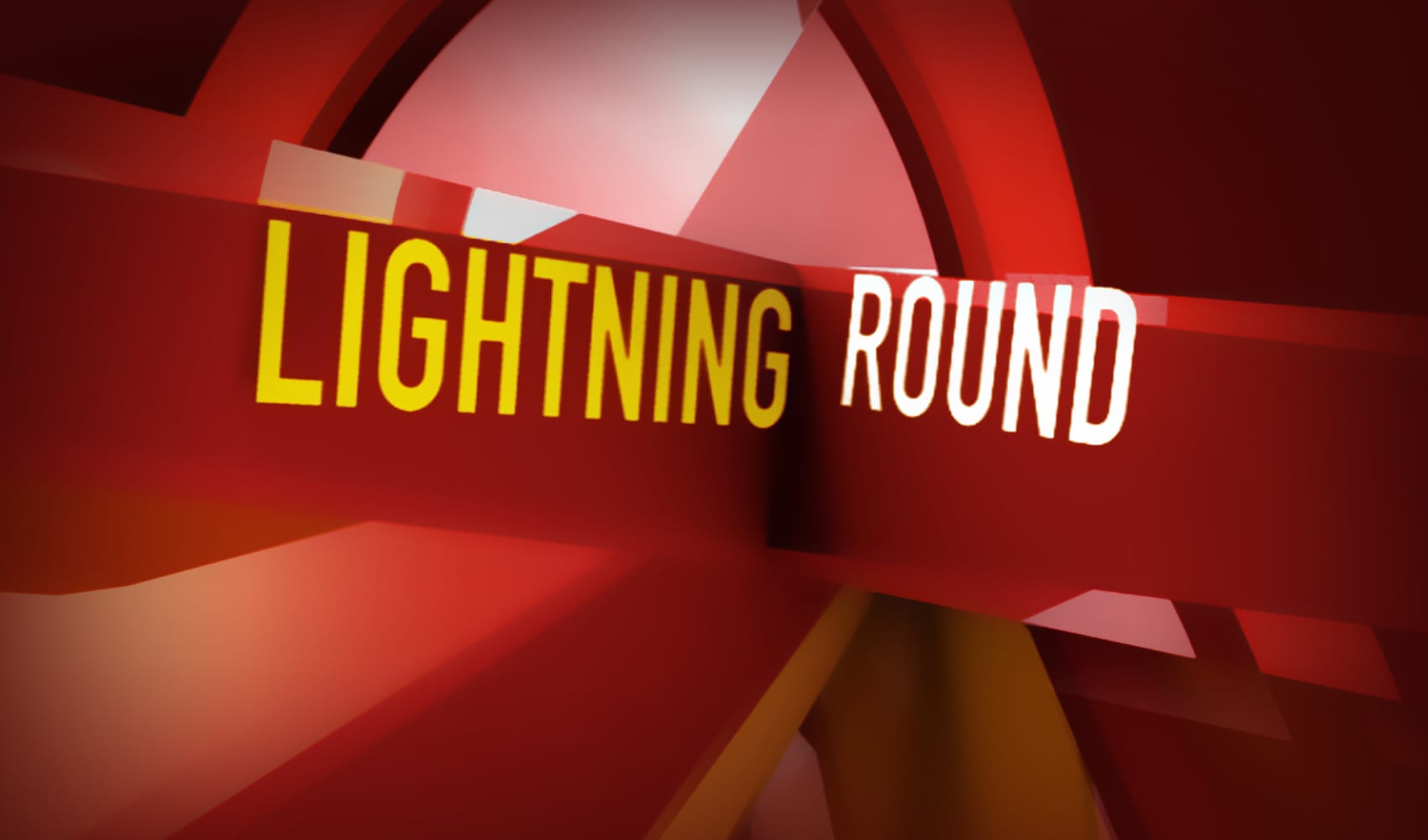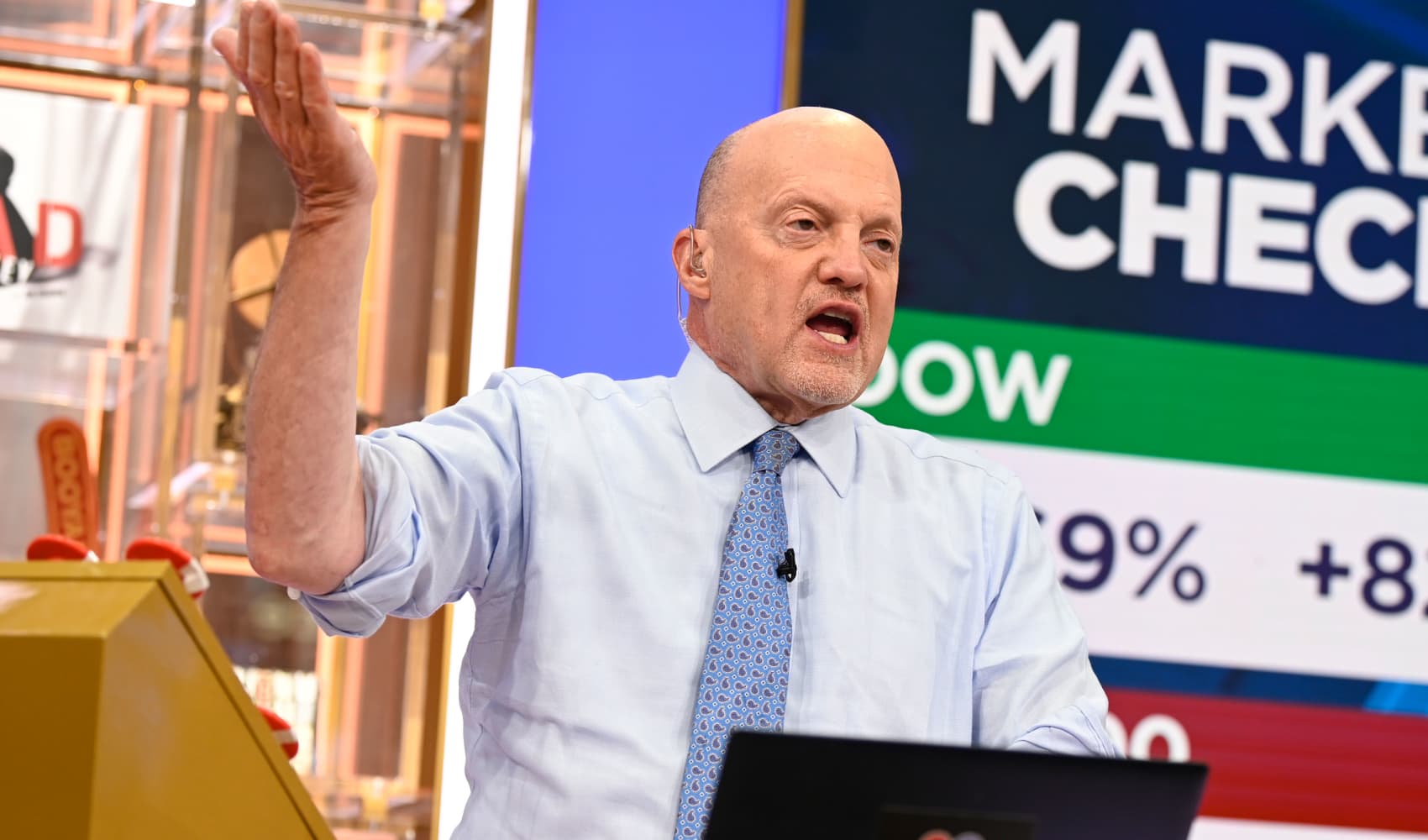
- A Tesla Megapack fire at the Victorian Big Battery in Southeast Australia was brought under control Monday afternoon.
- Results of the investigation will be closely watched, and could influence the way such systems are designed and built, according to Paul Christensen, a professor of electrochemistry at Newcastle University whose research focuses on lithium ion battery fires and safety.
- His recommendations include monitors within the systems, and enough space for fire crews to maneuver and aim a hose.
A Tesla Megapack fire at the Victorian Big Battery in Southeast Australia was brought under control Monday afternoon, with fire crews remaining on site Tuesday to ensure damaged equipment would not reignite, according to the Country Fire Authority.
Inspections and investigations are now underway to determine what caused it.
The battery is owned and operated by renewable energy giant Neoen, and was developed along with partners including Tesla Energy and AusNet with some construction by Cimic Group's UGL. Tesla has not disclosed what types of cells it used in the Megapacks for this project, nor from which suppliers.
Get Connecticut local news, weather forecasts and entertainment stories to your inbox. Sign up for NBC Connecticut newsletters.
While the Victorian Big Battery is not the first system of its kind, it is one of the world's largest battery energy storage systems. Tesla's Powerpack and Megapack products are probably the best-known big batteries, but competitors abound, including from LG Energy Solutions, SK Innovation, Northvolt and Powin Energy.
Results of the investigation will be closely watched, and could influence the way such systems are designed and built, according to Paul Christensen, a professor of electrochemistry at Newcastle University whose research focuses on lithium ion battery fires and safety.
Without speaking to the Victorian Big Battery's design specifically, Christensen said he would like to see fire and rescue teams involved early on in the design and installation of energy storage systems. "If the design is approved, and then the fire and rescue service are brought in -- that's the wrong way around," he said.
Money Report
Among other things, developers of utility-scale batteries need to offer a means of monitoring the system that would allow owners, operators and fire crews to see what's going on inside the system at any time.
Christensen also said these systems should be designed to allow space for first responders to maneuver around and aim a hose. Plenty of water should available on site, with enough hydrants installed. Containers would ideally have "dead pipes" that are capped and stick out, allowing firefighters to connect a hose, then step away and flood the container to extinguish the flames from a safe distance.
At the moment, water remains the best way to suppress a fire in any lithium ion battery energy storage system, whether that's in a ship, an electric car or bus, or a giant system to store and dispatch energy at a power plant.
Researchers are exploring other suppressants and approaches, but fires burn particularly hot and repeated re-ignition is a risk with lithium ion battery cells.
Since lithium ion battery technology is relatively new, there's not enough information about how safe large energy storage systems are and where improvements can still be made, Christensen said.
If fires keep happening, the professor fears that could have a chilling effect on investments in big batteries, even though they provide major environmental and cost benefits, and help protect communities from long blackouts.
"The number of instances involving lithium ion batteries, fires and explosions of all kinds, in terms of the number of lithium ion batteries on the planet is still tiny," Christensen said. "When an electric vehicle or a big energy storage installation goes up, it's big news. This can cause a disproportionate amount of worry."
There have been around 40 known fires that have occurred within large-scale, lithium ion battery energy storage systems, according to Christensen's research. Those incidents, most of which occurred in the past three years, date back to 2012, and include four fires at three facilities in the U.S. in Arizona, Wisconsin and Illinois.
A 2019 disaster at the McMicken battery plant in Surprise, Arizona, seriously injured four emergency responders and is the most profound incident at a big battery in the U.S. to-date. Utility Arizona Public Service owns the site, and Fluence had provided that battery system.
In Beijing, two firefighters died, one more was injured and another first responder was missing after responding to a fire in a lithium-iron phosphate battery, which was connected to a rooftop solar installation at a shopping mall.
Lithium-iron phosphate batteries are currently considered to be the safest form of lithium ion battery, because the structure of the material in its cathode doesn't break down until higher temperatures compared to other types of batteries, for example, that contain nickel manganese cobalt.
The safety of large energy systems employing LFP batteries is currently being reviewed in light of recent developments.
No injuries reported
The Tesla Megapack fire in the Victorian Big Battery was safely contained with no injuries reported.
In a statement e-mailed to CNBC Wednesday morning in Victoria, Louis de Sambucy, the Managing Director of Neoen Australia elaborated that the flames from the Tesla Megapacks in the Victorian Big Battery Fire had "subsided" Friday evening, and that Tesla staff and contractors were on-site with emergency services to "monitor the temperature decline of the two affected battery packs" after that.
The Tesla Megapack fire first occurred within the 300 megawatt (450 megawatt hours) system in Geelong, Victoria starting Friday morning. More than 30 fire trucks and support vehicles and about 150 fire fighters from the CFA and local Fire Rescue Victoria responded, containing the flames so they only affected two Megapacks of the approximately 210 that make up the system.
Surrounding neighborhoods received toxic air alerts but the air quality had improved to healthier levels by Sunday.
Tesla, AEMO and others did not respond to requests for further information including when they expect to complete an investigation into the cause of the fire, what they suspect the cause may be, and when they will be able to rebuild, complete testing of the big battery and connect it to the power grid.






